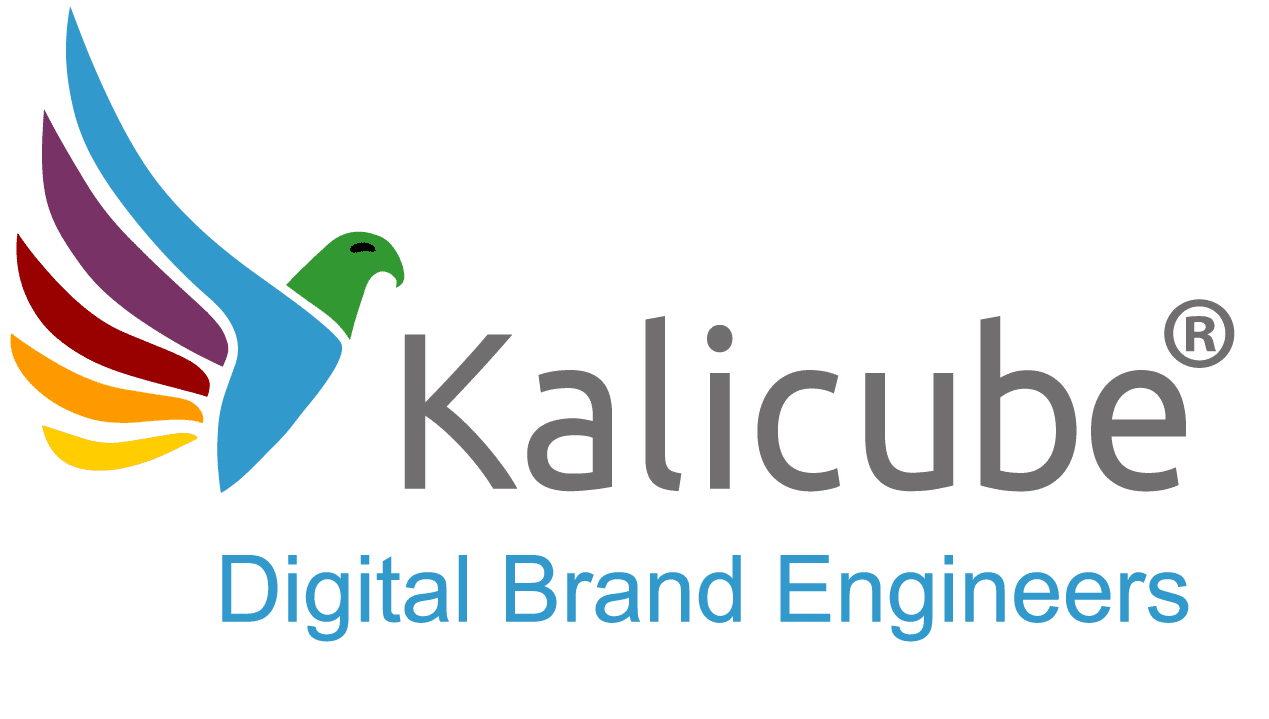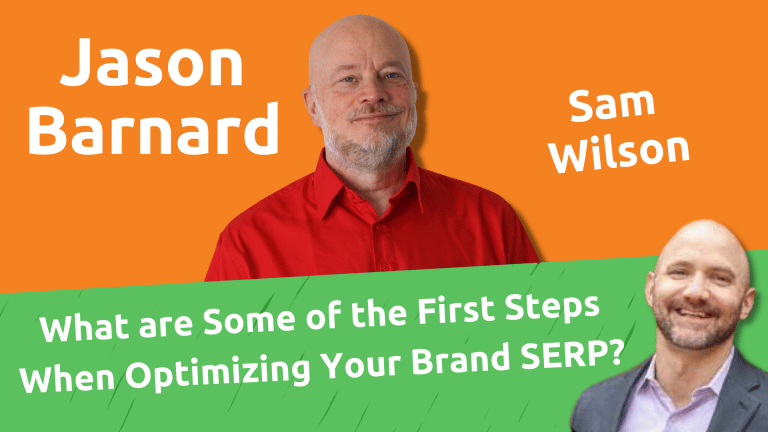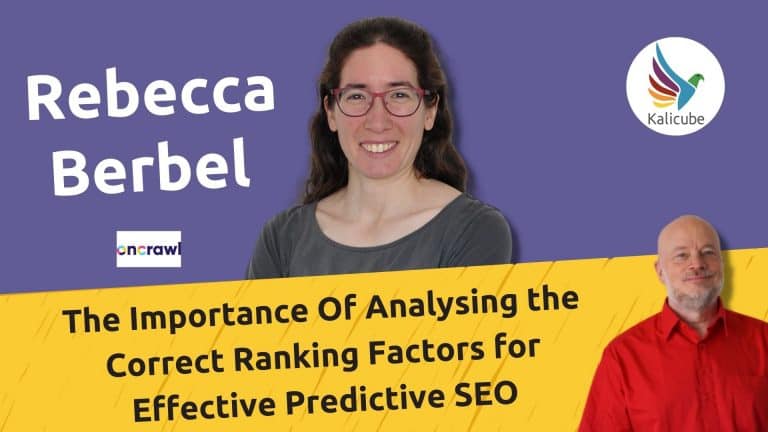The Kalicube Process Framework: Aligning Strategy Across Humans, Brands, and Machines
In today’s digital landscape, it’s not enough to have a great product or even a memorable brand. If algorithms can’t understand you, prospects can’t find you. If your team lacks a structured approach, marketing becomes reactive. If your message doesn’t resonate with the right people, you don’t convert.
That’s why I built The Kalicube Process Framework - a strategic alignment between the three most influential forces in digital business today:
- Machines (Google, Bing, ChatGPT, Perplexity…)
- Your company (internal brand and marketing strategy)
- Your audience (the humans making decisions)
Let me walk you through the framework that now powers Kalicube and has helped us - and our clients - multiply visibility, authority, and conversion. The premise is simple: align your internal strategy with both how machines understand your brand and how humans experience it.
Three funnel stages, three perspectives - one unified brand strategy
The framework maps three classic funnel stages - Awareness, Consideration, and Decision - against three perspectives: machines, company, and users.
| Funnel Stage | Machines’ Perspective | Company’s Perspective | User’s Perspective |
|---|---|---|---|
| Awareness | Understandability | Visibility | Qualified Reach |
| Consideration | Credibility | Influence | Competitive Dominance |
| Decision | Deliverability | Control | Buyer Certainty |
This simple 3×3 grid becomes incredibly powerful when you realize it’s not a theory - it’s a blueprint. Every row aligns the underlying mechanics of AI-driven search with your internal actions and the user’s buying psychology.
Let’s unpack it.
Step 1: Define a clear internal marketing strategy that drives business results
The Kalicube Process™ only works when it plugs into a solid internal foundation. That means a marketing strategy built to drive revenue - not just traffic. You need clear KPIs tied to real business outcomes: qualified reach, authority, conversion. Not vanity metrics.
Before we even start aligning with machines or users, you must know:
- Who you’re targeting
- What actions matter
- How success will be measured
Smart marketers and CEOs refine their internal strategy as The Kalicube Process unfolds. Why? Because as you implement the process, you begin to see what actually works - internally and externally. The Search and AI engines reflect your strategy back to you, showing not just how well you’re communicating, but how well you’re connecting with the market.
You’ll uncover insights into your ideal clients, what they expect from you, and how your messaging lands in the real world - because that’s what these machines emulate: real-world behavior and preferences at scale.
In short, AI-driven platforms hold up a mirror to your business. And that mirror doesn’t lie.
Once this foundation is in place, we move to Step 2: aligning your strategy with how machines understand and deliver your brand.
Step 2: Align your internal strategy with how machines understand your brand
Most marketers still think about Google in terms of “ranking.” But that’s out of date. Today, Google - and AI assistants - are trying to understand who you are, assess your credibility, and deliver your information in helpful ways.
Here’s how your internal priorities must map to the machines’ logic:
- Control (your brand’s messaging, assets, and consistency) = Understandability
If your content and structure don’t make sense to algorithms, your brand becomes invisible. - Influence (your industry authority and perceived value) = Credibility
You can’t fake authority anymore. AI systems promote what’s corroborated and consistent. - Visibility (your omnipresence and recognizability) = Deliverability
Your content won’t be shown unless it’s machine-friendly, structured, and contextually rich.
When we engineered this alignment at Kalicube, our own revenue grew sixfold over four years. Because when machines get it right, they amplify your brand everywhere - from all verticals in Google Search results to ChatGPT’s answers and suggested questions.
Step 3: Align your internal strategy with how people experience your brand
Algorithms aren’t your only audience. Humans matter more. When you map your brand strategy to the user journey, you unlock real-world business results.
- Control becomes Qualified Reach
People discover a brand that speaks directly to their context, goals, and values. - Influence becomes Competitive Dominance
People instinctively prefer your brand - not just because of marketing, but because they believe you’re the best. - Visibility becomes Buyer Certainty
No confusion. No hesitation. They choose you because you’ve already won the battle in their mind.
This creates a clean “know, like, trust” progression:
- Visibility = Know
- Influence = Like
- Control = Trust
Most marketers are still obsessed with awareness. But awareness without trust is a leaky funnel. With Kalicube’s framework, you’re not just attracting prospects - you’re engineering their journey to certainty.
Why The Kalicube Process framework matters now
We’re at a tipping point. AI engines are rapidly codifying how they “see” brands. Every day that your brand is misunderstood or misrepresented, you’re ceding ground to competitors.
The Kalicube Process Framework isn’t a marketing tactic. It’s a business defense strategy. It ensures that:
- Google doesn’t misrepresent your brand during due diligence
- ChatGPT doesn’t recommend your competitor because of outdated info
- Your team isn’t flying blind without a map for how brand, tech, and users intersect
Here are your options for next steps
You’ve got three options:
- Keep doing what you’re doing. Accept brand misrepresentation and leave revenue on the table.
- DIY using The Kalicube Process™ guides (they work, but they’re time-intensive and limited by your lack of access to data).
- Work with Kalicube directly. We’ll map your brand into this framework using our 9.4 billion datapoints, proprietary algorithms, and the experience of Digital Brand Engineers trained by me.
When you get the framework right, every platform becomes a brand amplifier. Every search becomes an opportunity. And every algorithm becomes an asset - not a liability.
If you’re ready to turn search and AI into your most powerful brand ally, let’s talk.






